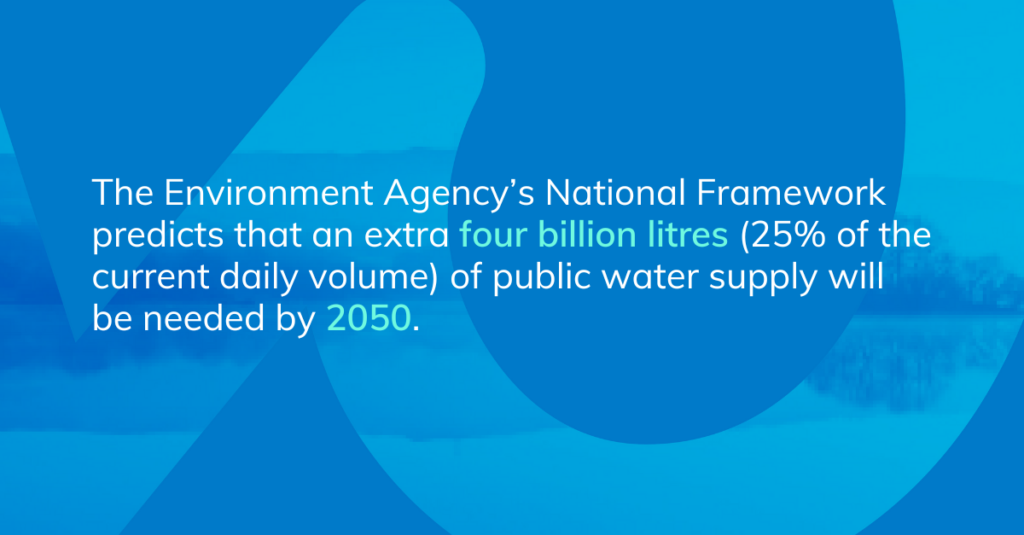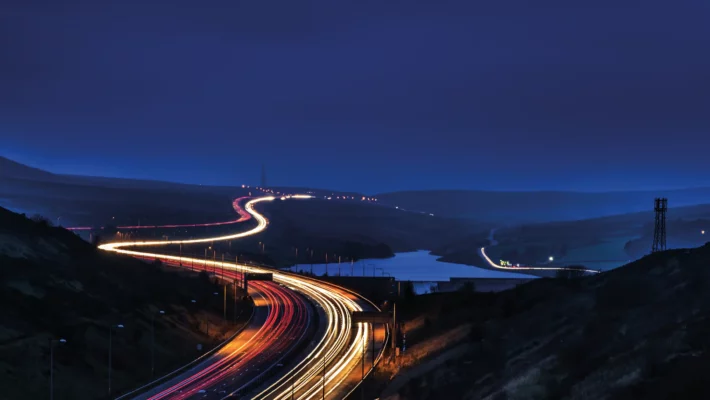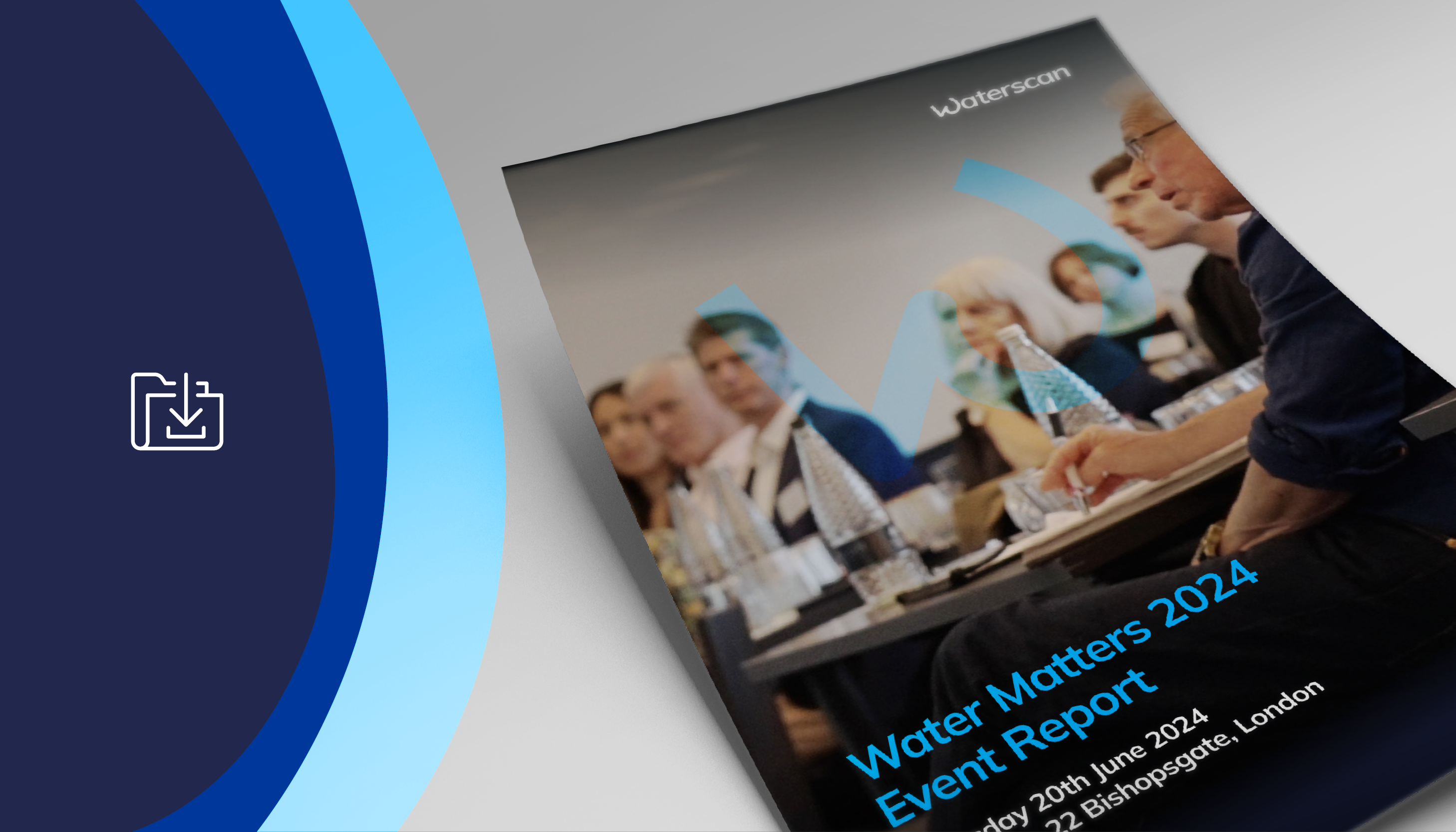Defra’s environmental targets proposal to meet future water demand is a welcome step change.
Responding to The Environment Agency’s National Framework, which predicts that an extra four billion litres (25% of the current daily volume) of public water supply will be needed by 2050; Defra has boldly put water conservation front and centre of its plan to create legally-binding environmental targets.

The government department has revealed that we need to reduce water demand by 20% by 2037 against a 2019/20 baseline. Achieving this overall 20% target will require reducing leakage by 31% and reducing demand to 122 litres of water per person per day (l/p/d). This level of water saving is a vital step if we are to reach the 110 l/p/d consumption level we need to get to by 2050.
Although we are talking here in terms of per-capita consumption targets, Defra is actually proposing a significant departure from this. This fundamental change from PCC (Per Capita Consumption) which focuses solely on household consumption to a DI (Distribution Input) model encompasses all potable water supplies – both domestic and non-household use. For the first time, private and public sector organisations’ water consumption will be in the spotlight. Indeed, non-household consumption (which accounts for roughly a third of the total) must contribute a 9% volume saving.
For those working in the water sector who are regularly confronted with the realities of England’s surprisingly scarce water supplies, this is a hugely positive move on Defra’s part. But do their ambitions go far enough?

I, for one, would like to see them go further, for three reasons.
Firstly, while reverse-engineering demand based on the 2050 estimate is a logical start, it could actually limit potential efficiencies. The success of companies that Self-Supply water in stemming leakage and reducing demand, which far exceed the 9% target proposed by Defra, is testimony to the impact that can be achieved through education, good quality data and effective management at a granular level.
Redefining the metrics via the new DI model is a good move because this encompasses all of the water taken out of the environment and holds Britain’s businesses to account. However, could better results be achieved by taking a more integrated approach with targeted volume reduction based upon availability and demand, which includes private abstraction?
Finally, I think there is a case for more regionally sensitive targets. The stated target is understandably generic in nature, no doubt to make awareness, collaboration and monitoring easier. Nevertheless, should we not be providing sharper targets given that the availability and demand for water is extremely diverse and different for each water wholesale company and geographic region?
Coupled with the government’s wider net zero by 2050 aspirations, Defra’s prioritisation of water, alongside air quality, waste prevention and biodiversity, is a major step forward. For those companies that are already working hard on their water stewardship and needing support from the wider industry to deliver, it cannot come soon enough. But are we going far enough?




